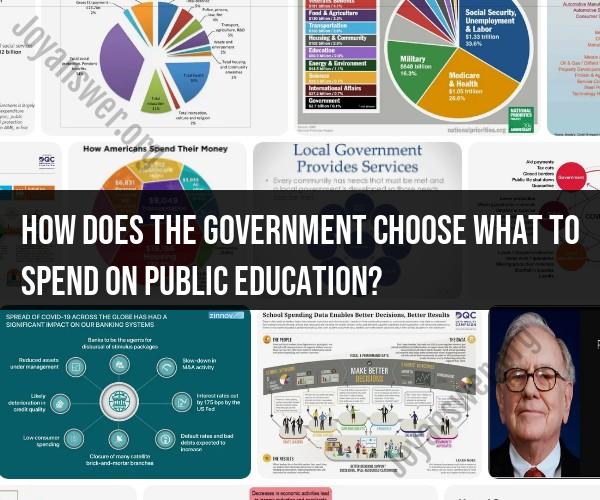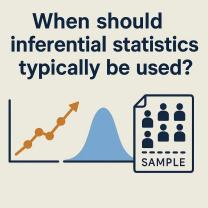How does the government choose what to spend on public education?
Government allocation of funding for public education is a complex and multifaceted process that typically involves a combination of federal, state, and local decisions. Here's an overview of how the government determines what to spend on public education:
Federal Funding: At the federal level, the U.S. government allocates funds for education through various programs, grants, and initiatives. The largest federal education program is the Elementary and Secondary Education Act (ESEA), which was reauthorized as the Every Student Succeeds Act (ESSA) in 2015. The federal government provides funds to support disadvantaged students, special education, English language learners, and more. Federal education funding is often distributed to states based on formulas that consider factors like the number of low-income students and students with disabilities.
State Funding: State governments play a significant role in funding public education. Each state has its own funding formula, policies, and priorities for education spending. These formulas typically take into account factors such as student enrollment, local property values, and the specific needs of districts. Some states provide more funding to districts with a higher proportion of low-income students or students with special needs.
Local Funding: A substantial portion of education funding comes from local sources, primarily property taxes. Local school districts have the authority to levy property taxes, and the revenue generated is used to support the schools in that district. This system often leads to disparities in funding between wealthier and poorer communities, as areas with higher property values can generate more revenue for their schools.
Grants and Programs: In addition to the core funding provided through federal, state, and local sources, schools may receive grants and funding for specific programs or initiatives. These grants can come from a variety of sources, including private foundations, nonprofits, and the federal government. For example, schools may receive grants for STEM (Science, Technology, Engineering, and Mathematics) education, special education programs, or school improvement projects.
Budgeting and Prioritization: Education funding decisions are made through the budgeting process, which varies from state to state and district to district. Elected officials, such as state legislators and local school board members, play a crucial role in determining funding priorities. They consider factors like student needs, teacher salaries, curriculum development, infrastructure maintenance, and other expenses when allocating funds.
Advocacy and Public Input: Public input and advocacy also influence education funding decisions. Parents, teachers, advocacy groups, and community members often engage in discussions, attend public meetings, and advocate for increased funding for specific educational programs or reforms.
Legal and Court Actions: In some cases, education funding decisions have been challenged in court, resulting in court orders or consent decrees that require changes in funding formulas or increased funding for certain schools or student populations.
It's important to note that the process and criteria for education funding allocation can vary widely from one state or country to another. Education funding is a complex issue that involves numerous stakeholders and competing priorities, and decisions are often influenced by political, economic, and social factors. Education policymakers continually strive to strike a balance between meeting the needs of students and the available resources.













